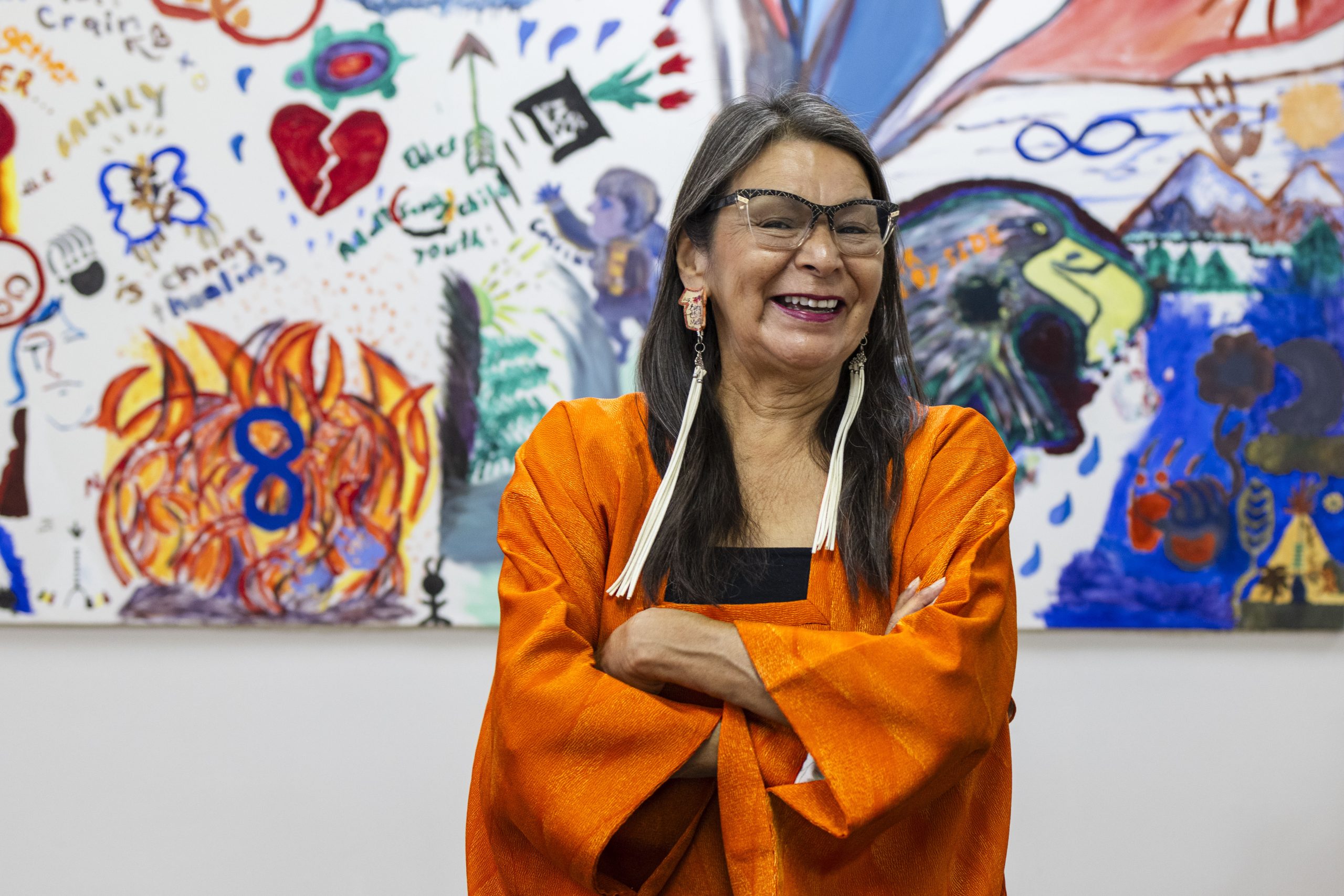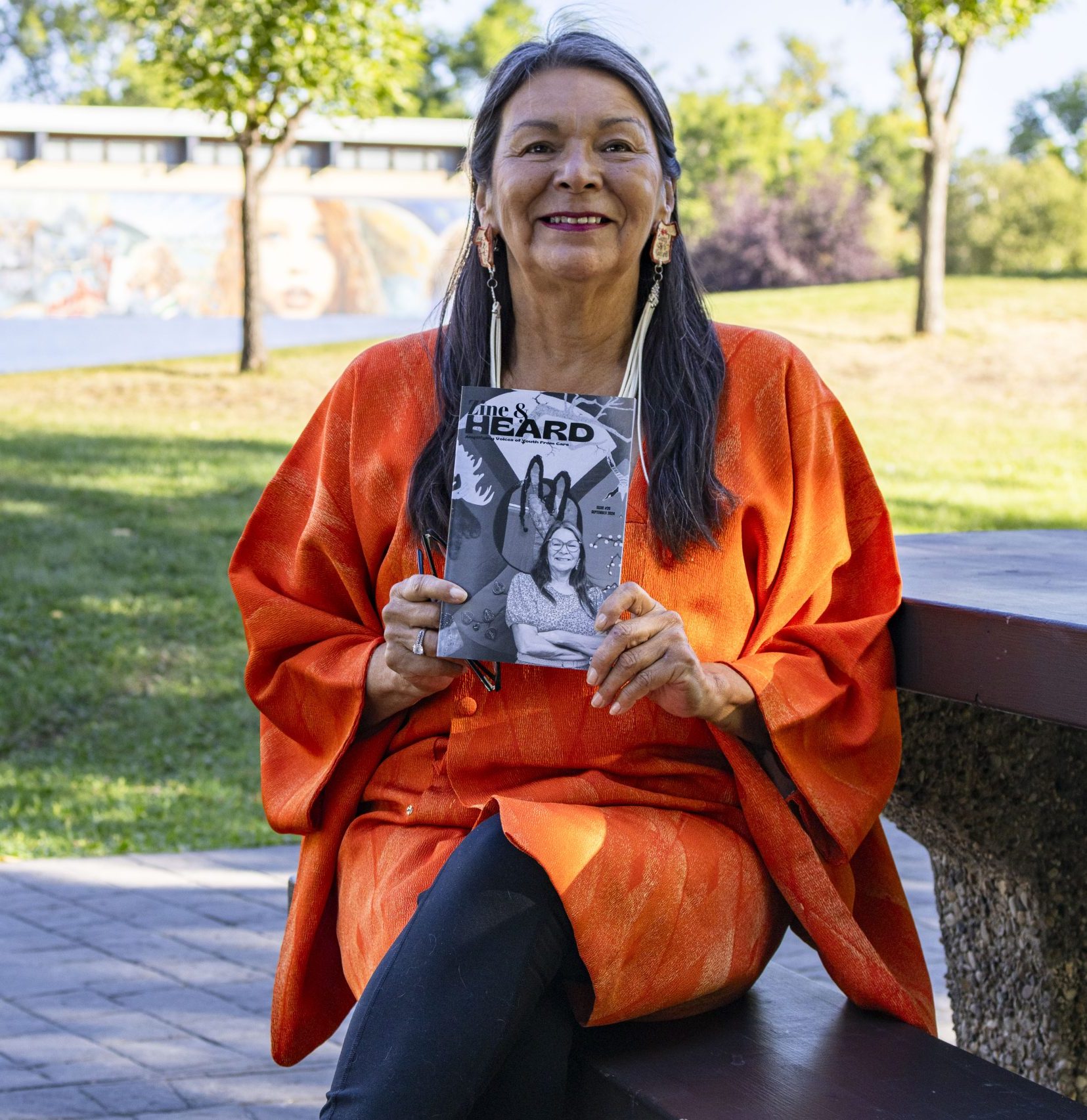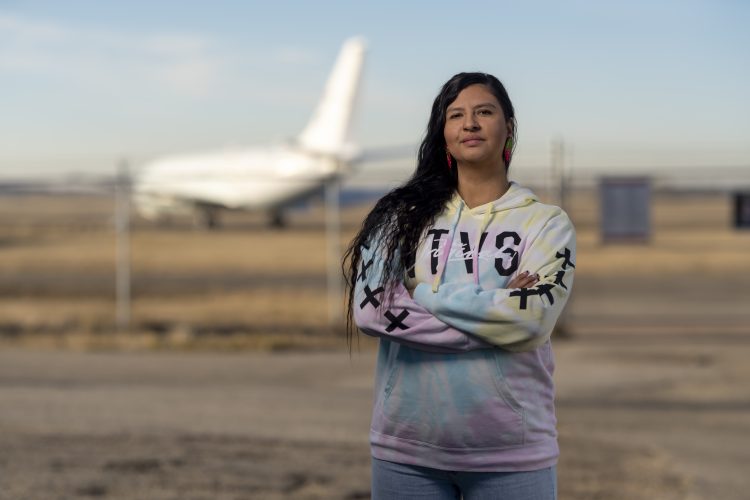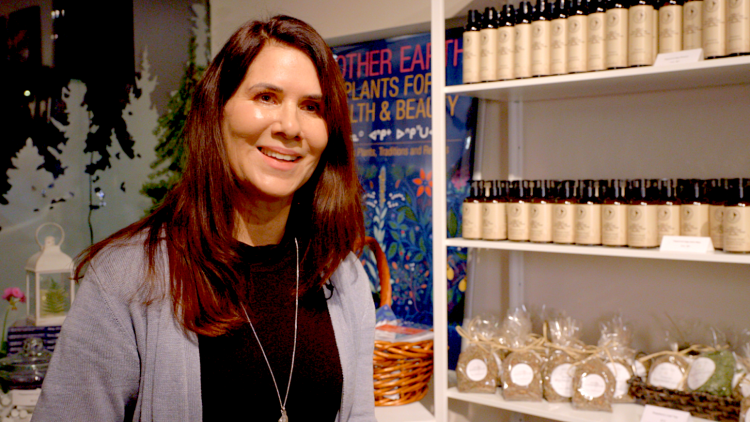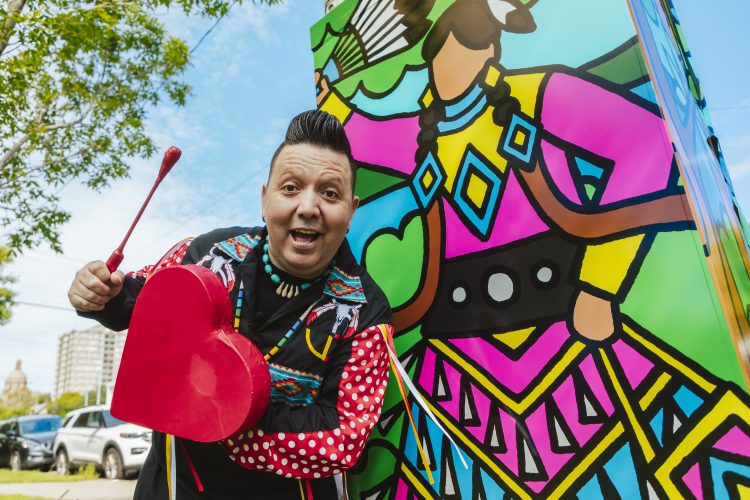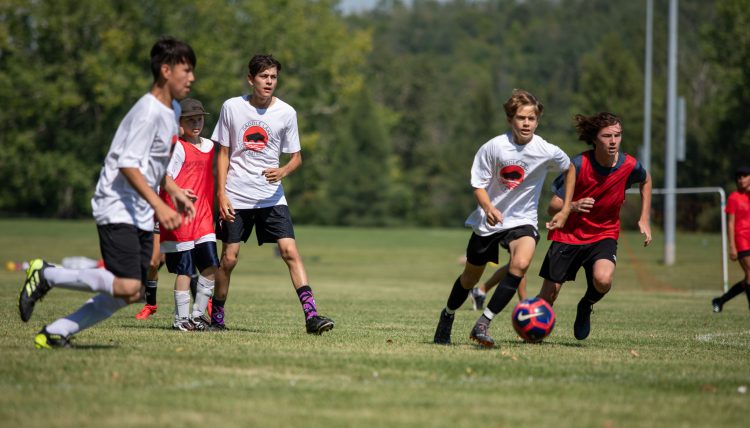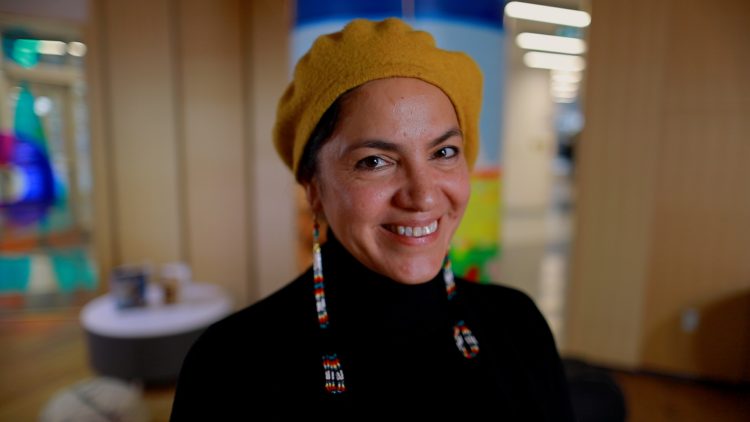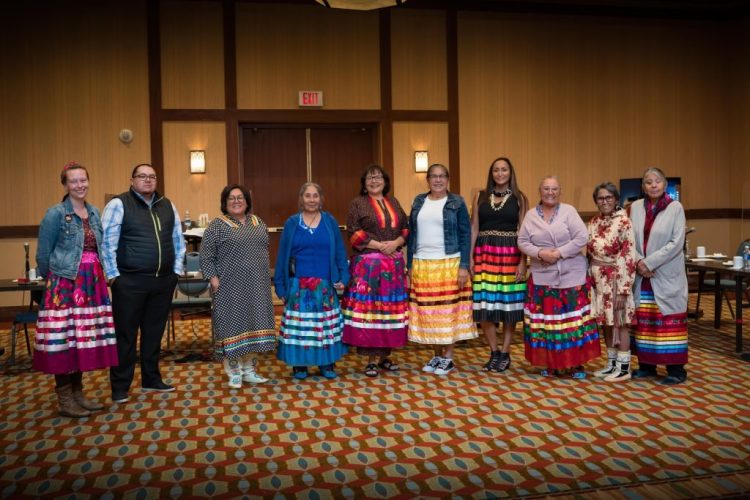Bernadette Iahtail grew up in chaos.
Born on the Attawapiskat First Nation in northern Ontario, Iahtail was apprehended from her family in 1960 and placed in an orphanage at the St. Anne’s Indian Residential School. She was later adopted away as part of the Sixties Scoop, the large-scale government apprehension of Indigenous children from their home communities between the 1960s and 1980s.
She’s heard multiple explanations of how she was taken. According to her file, her mom was jailed for shoplifting. Another note—in parentheses, as it wasn’t believed—said that her mother was in the hospital with a heart condition. Decades later, when Iahtail met family, they said she’d been living with their grandparents.
What was clearer was how Iahtail felt growing up. Fearful. Ashamed of her murky past. Unwanted and out of place. Ridiculed and rejected because of her skin.
“All of those stories that are in my file … was I thrown away? Did my parents not love me?” Iahtail says. “One thing I do know is that the separation caused a lot of issues for me.”

